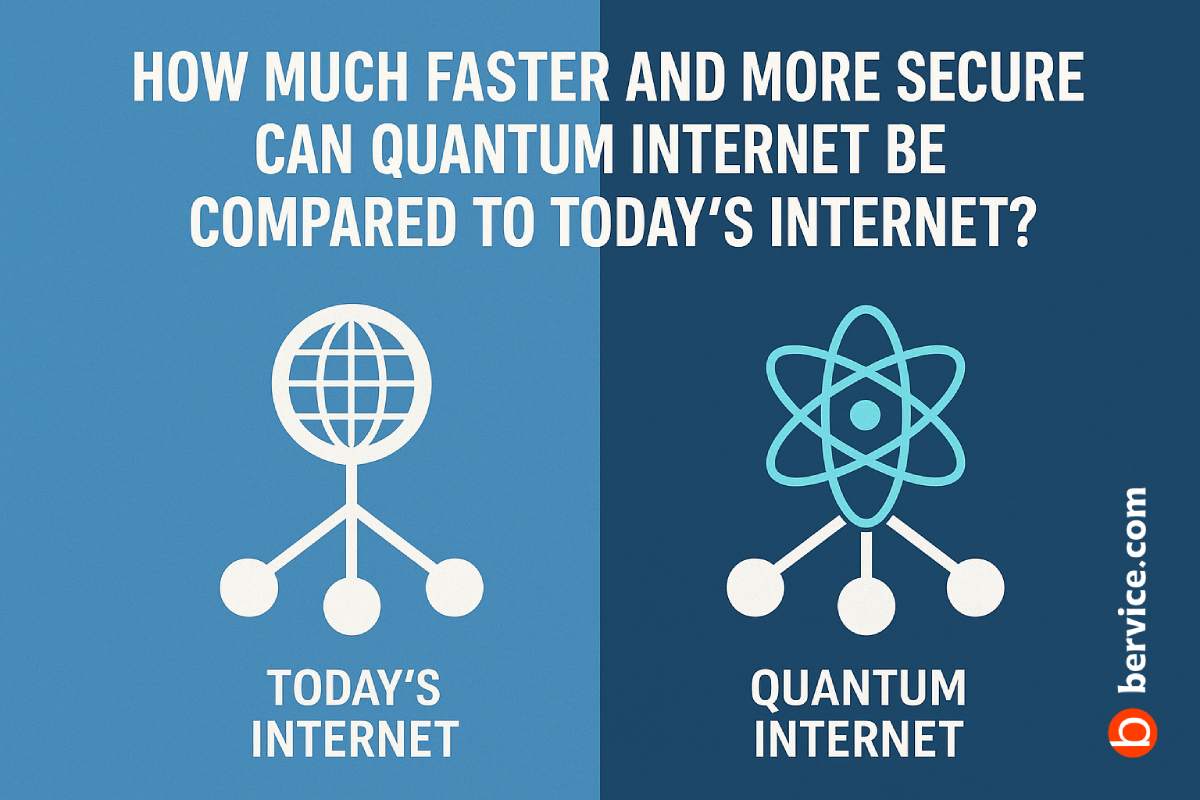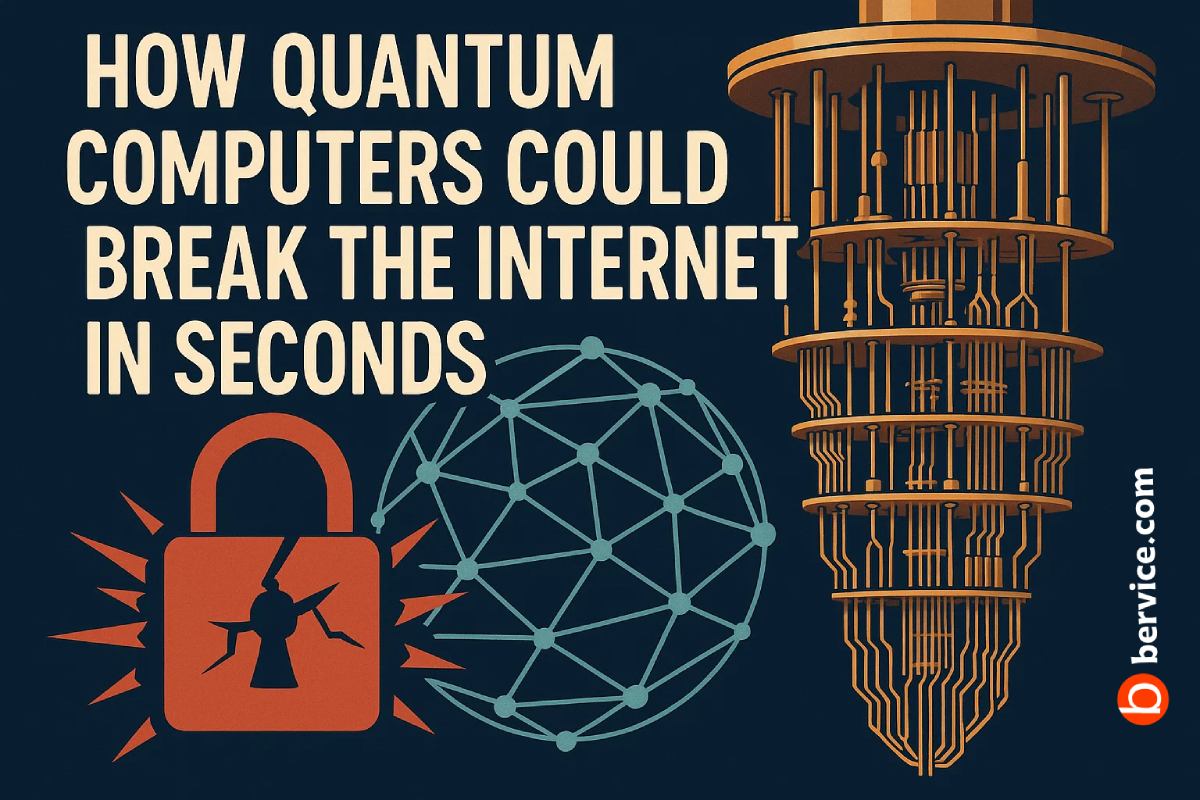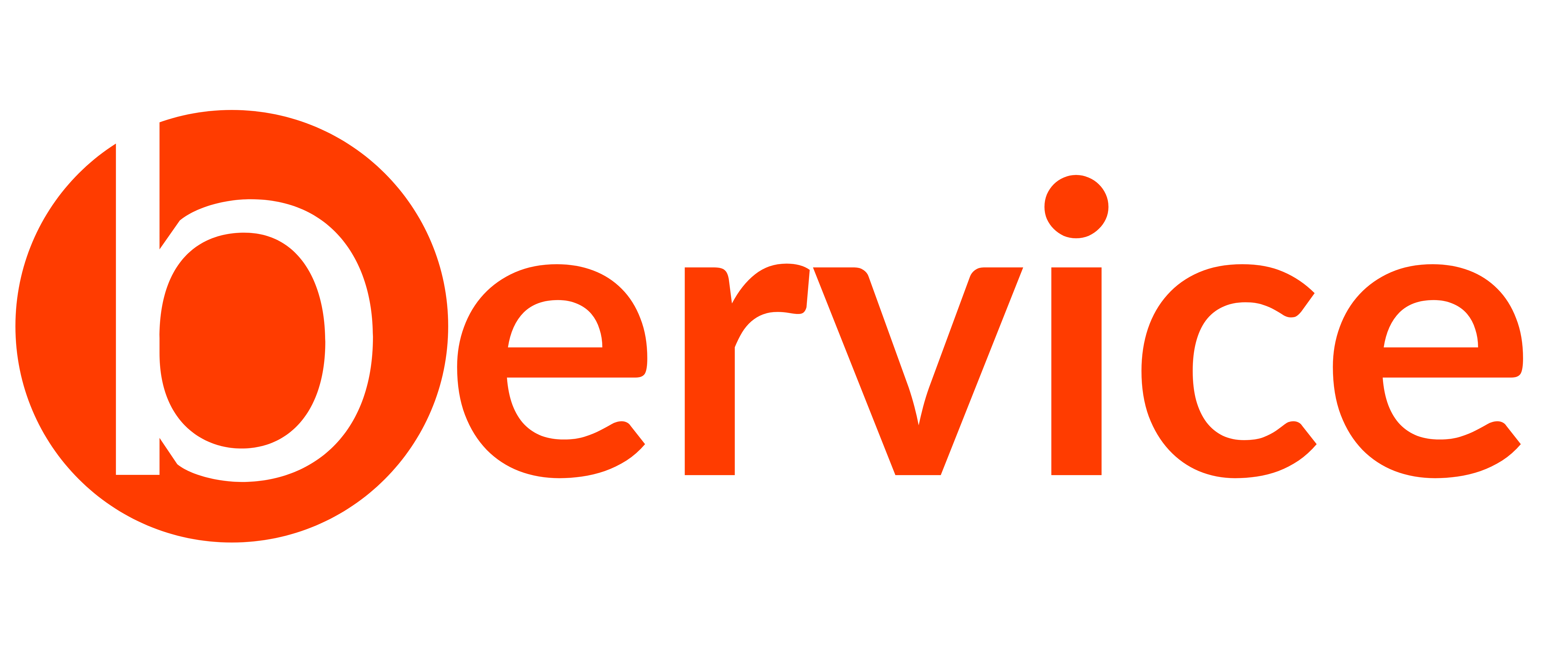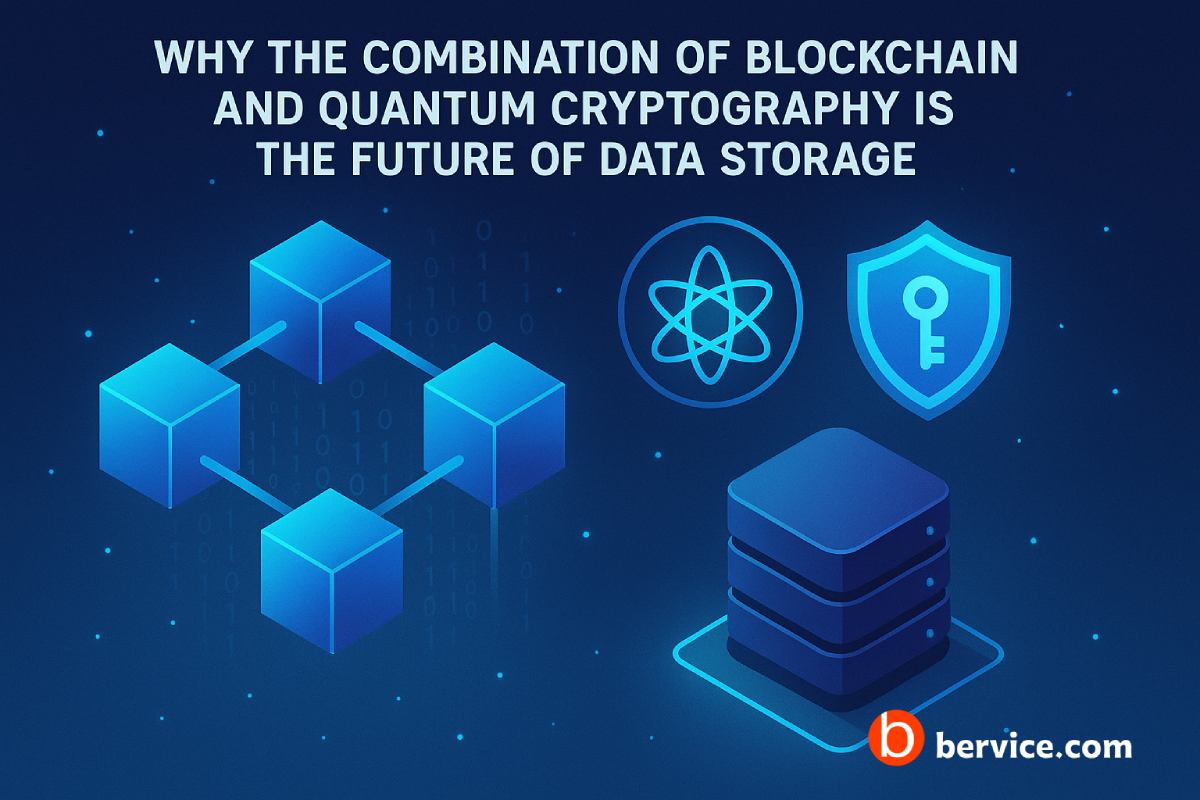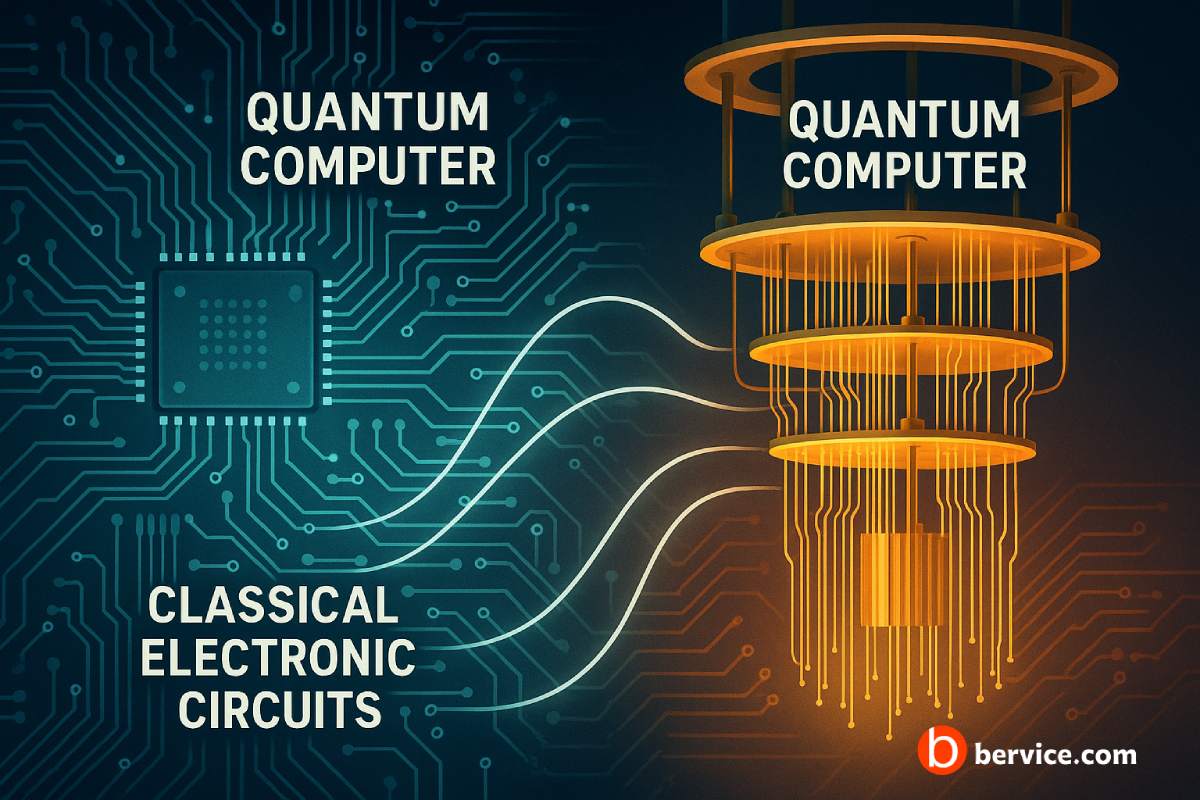
Introduction
Quantum computers represent a paradigm shift from classical computing, leveraging the principles of quantum mechanics—such as superposition and entanglement—to solve complex problems exponentially faster than traditional systems. However, quantum computers do not operate in isolation. They require a classical interface to function effectively. Classical electronic circuits still play a critical role in the control, readout, communication, and integration of quantum systems. This article explores how quantum computers interact with traditional electronic hardware and the hybrid systems that bridge these two computational worlds.
1. The Role of Classical Electronics in Quantum Computing
Despite the revolutionary nature of quantum computing, it cannot operate without the aid of classical electronics. These electronics:
- Control Qubits: Classical control systems generate precise microwave or laser pulses that manipulate the quantum state of qubits.
- Readout Mechanisms: Measurement of qubits is performed by converting quantum states into classical signals, typically through analog-to-digital converters.
- Error Correction: Classical processors monitor and implement quantum error correction algorithms in real-time.
- System Synchronization: Timers, multiplexers, and synchronization systems ensure coherence and accurate gate operation timings.
Thus, classical hardware serves as both a command and interpretation layer between the human world and the quantum substrate.
2. Hardware-Level Interfacing
At the physical layer, the interaction between classical electronics and quantum circuits occurs through specialized interfaces:
- Cryogenic Wiring: Quantum processors operate at near absolute zero temperatures (e.g., 15–20 millikelvin), while classical controllers are at room temperature. Superconducting cables and attenuators carry signals across this thermal boundary.
- Digital-to-Analog and Analog-to-Digital Converters (DACs & ADCs): These devices translate digital control instructions into analog signals for qubit operations and convert analog qubit responses into digital data for interpretation.
- Microwave Control Units: For superconducting qubits, microwave electronics are used to apply gate operations via resonators.
- Photonic Interfaces: In trapped ion and photonic quantum computers, laser and optical modulators controlled by classical circuits play a vital role.
These interfaces must maintain low noise, high precision, and minimal thermal interference, making their design especially challenging.
3. Hybrid Quantum-Classical Architectures
In practice, quantum computers act as co-processors, offloading specific tasks from classical CPUs. This hybrid architecture includes:
- Quantum Processing Unit (QPU): Performs quantum computations.
- Classical Control Unit (CCU): Manages pulse generation, timing, and feedback.
- Classical Host (CPU/GPU): Handles pre-processing, post-processing, and algorithm orchestration.
Such a model is seen in platforms like IBM Qiskit and Google Cirq, where Python-based classical code orchestrates the quantum backend. Quantum and classical layers communicate over APIs, data buses, or even FPGAs embedded within the system stack.
4. Communication Protocols and Integration Challenges
Connecting quantum hardware with classical systems introduces several integration challenges:
- Latency: Feedback and error correction require ultra-low-latency communication, which is difficult over traditional networks.
- Bandwidth: Real-time control and measurement data streams necessitate high-bandwidth classical hardware.
- Thermal Isolation: High-performance classical chips generate heat, which can destabilize ultra-cold quantum systems.
- Noise Immunity: Quantum circuits are extremely sensitive to electromagnetic interference from classical sources.
To mitigate these issues, researchers are exploring cryogenic CMOS (complementary metal-oxide-semiconductor) circuits, which operate at cryogenic temperatures, enabling closer proximity to quantum devices with less delay and interference.
5. Future Outlook: Quantum-Classical Co-Design
Looking ahead, the future of quantum computing lies in deeper integration with classical systems through:
- Cryogenic Electronics: Development of cryo-compatible processors and FPGAs to reduce latency and increase scalability.
- Neuromorphic Control Systems: Using AI-inspired hardware to optimize qubit control dynamically.
- Quantum Networking Chips: Incorporating both quantum photonics and classical routers in single chips for scalable quantum internet.
- Standardized Interconnect Protocols: Such as QUIL (Quantum Instruction Language) and OpenQASM to unify the programming interface between classical and quantum layers.
As quantum computers scale to millions of qubits, these hybrid systems will become essential to maintain efficiency, reduce errors, and manage power consumption.
Conclusion
Quantum computers and classical electronic circuits are not competitors, but collaborators. The classical infrastructure enables, controls, and interprets quantum phenomena that are otherwise inaccessible. As research progresses, the synergy between classical and quantum components will define the next generation of computing—one that combines the raw power of quantum mechanics with the reliability of silicon. Building this bridge between the quantum and classical realms is one of the most exciting engineering frontiers of the 21st century.
Connect with us : https://linktr.ee/bervice

